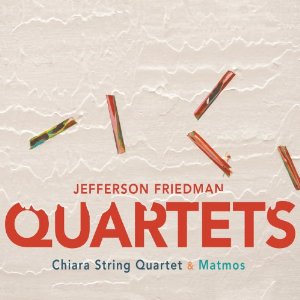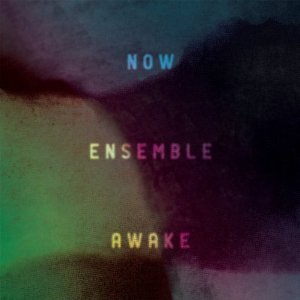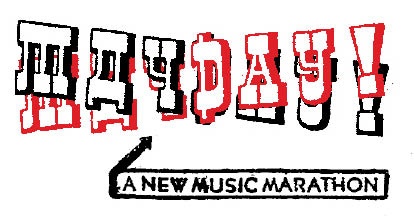
As a boy, Joe Polisi dreamed of being a major league baseball player. Alas, not everyone grows up to be Derek Jeter so Joe “settled” for becoming Dr. Joseph William Polisi, president of The Juilliard School since September 1984, bringing to that position his previous experience as a college administrator, a writer in the fields of music, public policy and the arts, and an accomplished bassoonist. And, Wednesday, he made it into the Hall of Fame–not the one in Cooperstown, but the The American Classical Music Hall of Fame, a national institution, based in Cincinnati, the biggest little town in America IMHO, that aspires to sustain and build interest in classical music by recognizing people and institutions that have made a significant contribution to the field.
Dr. Polisi was honored at a luncheon at Juilliard (attended by your correspondent in a rare public appearance), along with six other 2010 inductees– Baltimore Symphony Orchestra Conductor Marin Alsop, composers William Bolcom and Philip Glass, the Emerson String Quartet (pictured above), and the music service organizations ASCAP and BMI. On hand to accept their awards were the Emerson String Quartet, Dr. Polisi, ASCAP and BMI. Philip Glass will be honored in Cincinnati this fall, William Bolcom in Ann Arbor and Marin Alsop at a location and time to be determined.
The Classical Music Hall of Fame is the brainchild of Cincinnati businessman and civic leader David A. Klingshirn and inducted its first members in 1998. It is located in historic Memorial Hall, which is next door to Music Hall, home of the Cincinnati Symphony and the Cincinnati Opera. The Inductees to the Hall of Fame are nominated by a specialist field of musicians, music educators, leaders in the music industry and its living inductees. Nominations are made in six categories: composer, conductor, performer, educator, performing ensemble and institution devoted to music. Nominations are reviewed by the distinguished National Artistic Directorate members who recommend a final slate for endorsement by the Board of Trustees of the American Classical Music Hall of Fame.
 Among the highlights of Wednesday’s lunch and ceremony: composer John Corigliano spoke affectionately of the “human” side of ASCAP and its concert division’s work with classical composers. Fellow composer Bruce Adolphe spoke eloquently of BMI and its relationship with classical music. And Ara Guzelimian, dean and provost of Juilliard, introduced the Emersons with a brilliant historical review of recorded chamber music that was so eloquent it made me wish I hadn’t forgotten to bring my tape recorder.
Among the highlights of Wednesday’s lunch and ceremony: composer John Corigliano spoke affectionately of the “human” side of ASCAP and its concert division’s work with classical composers. Fellow composer Bruce Adolphe spoke eloquently of BMI and its relationship with classical music. And Ara Guzelimian, dean and provost of Juilliard, introduced the Emersons with a brilliant historical review of recorded chamber music that was so eloquent it made me wish I hadn’t forgotten to bring my tape recorder.
Oh, also had a chance to meet and chat with human dynamo and exceptionally cute person Nina Perlove, who is the recently appointed executive director of the ACMHF, in addition to teaching flute at nearby Northern Kentucky University and polishing her image as “the internet flutist” with videos that have been viewed more than 7 million times on YouTube. Look for the Classical Music Hall of Fame to become much more visible in social media spaces. And don’t leave a huffy comment about the “cute person” crack. I’m old (68 this week) and mostly harmless.





 Once upon a time in 2000, there was a brand-new underground music collective in the San Francisco Bay Area, presenting a monthly concert series named “Static Illusion/Methodical Madness”. The
Once upon a time in 2000, there was a brand-new underground music collective in the San Francisco Bay Area, presenting a monthly concert series named “Static Illusion/Methodical Madness”. The 
